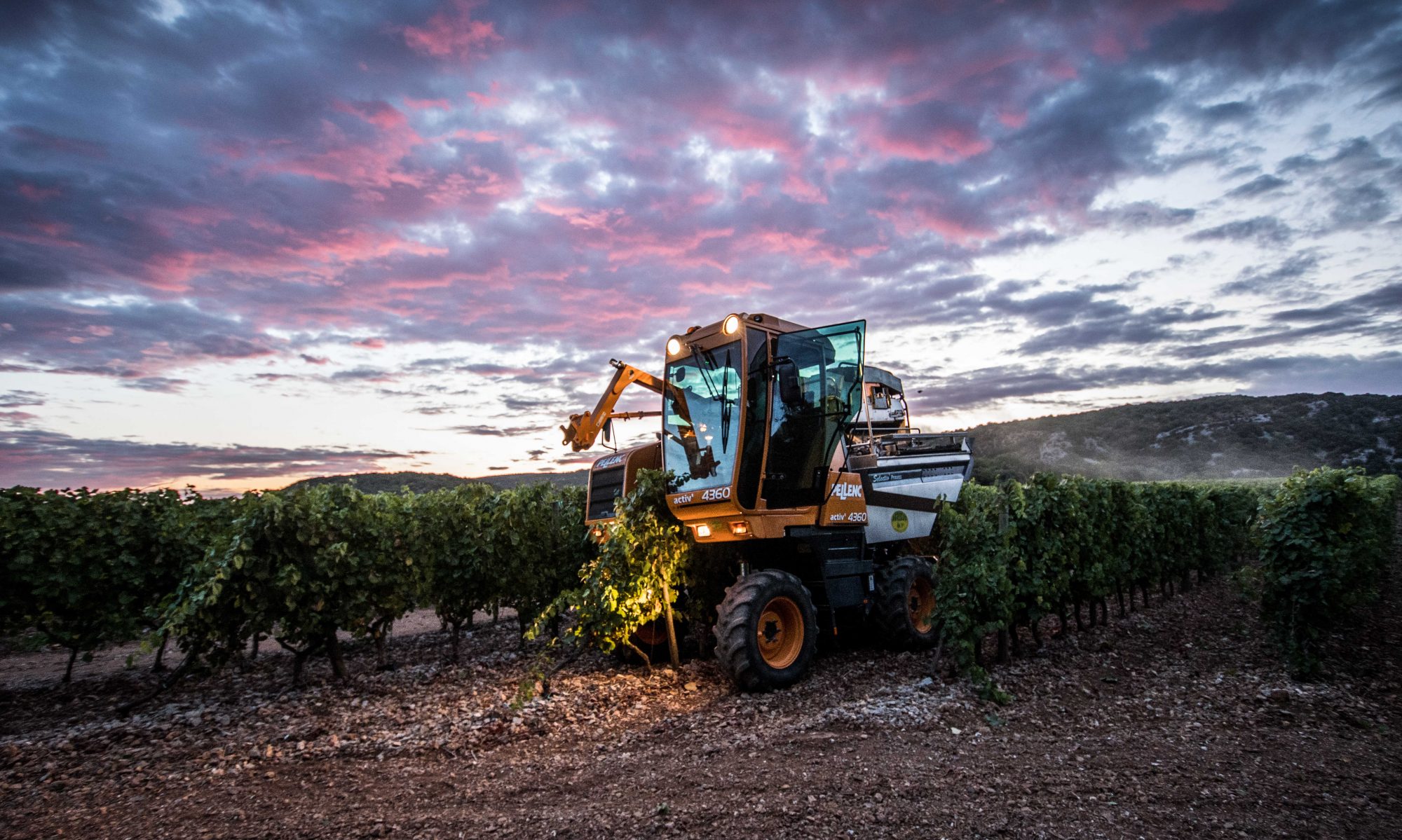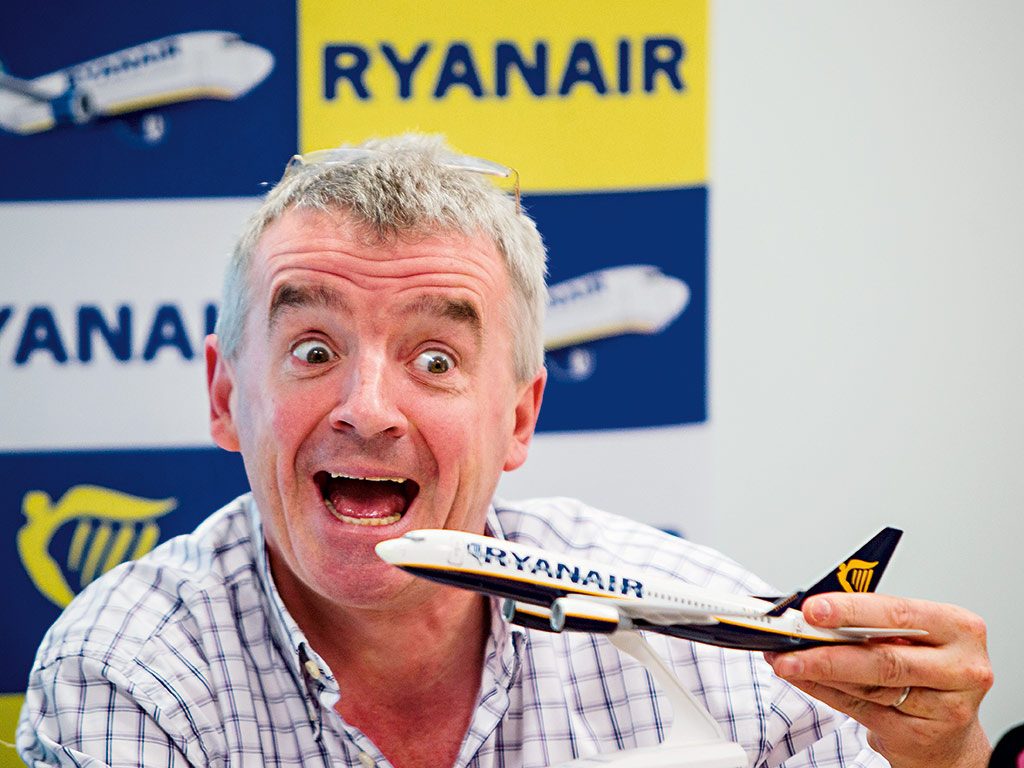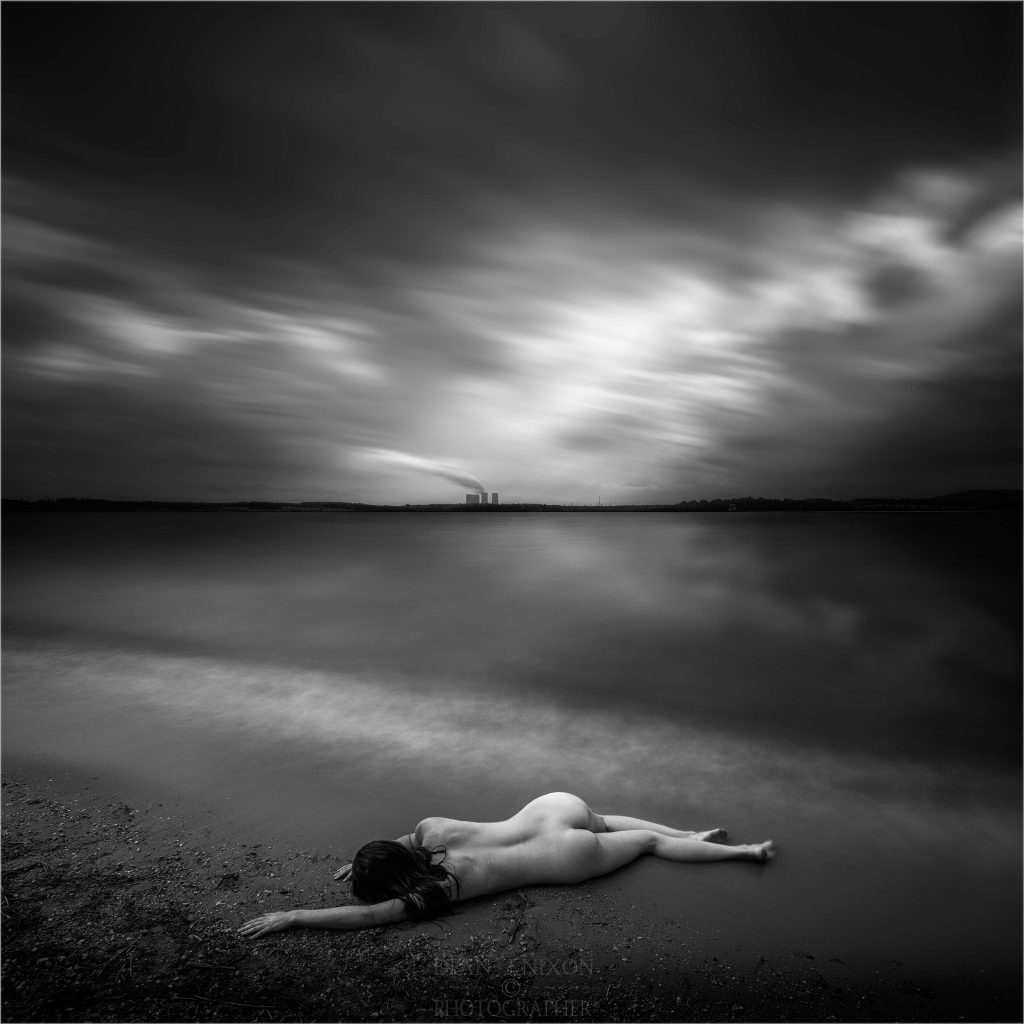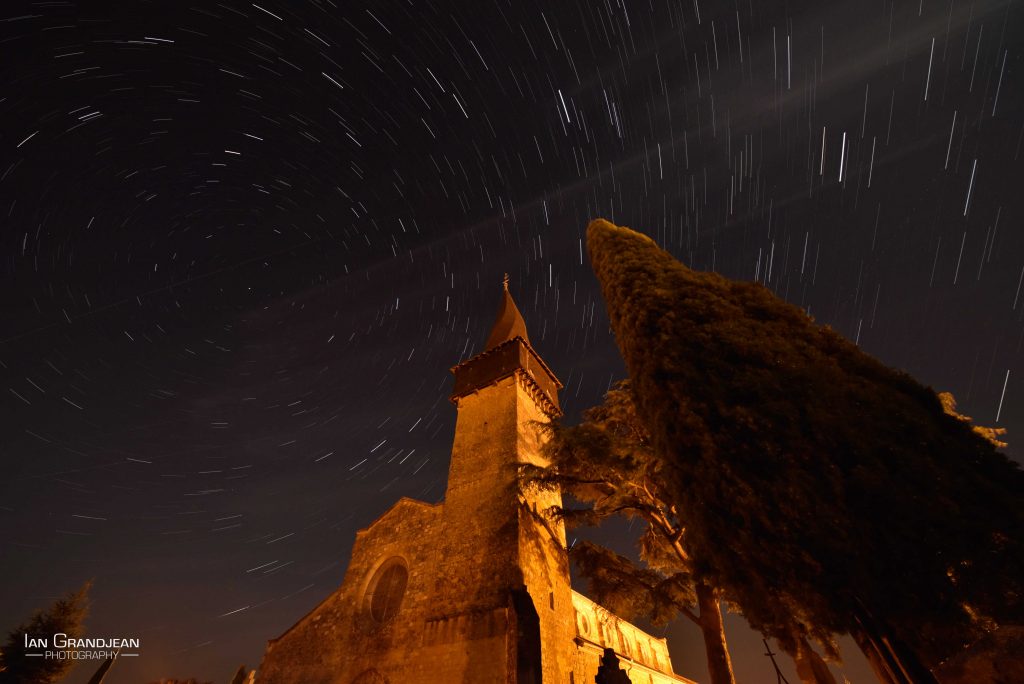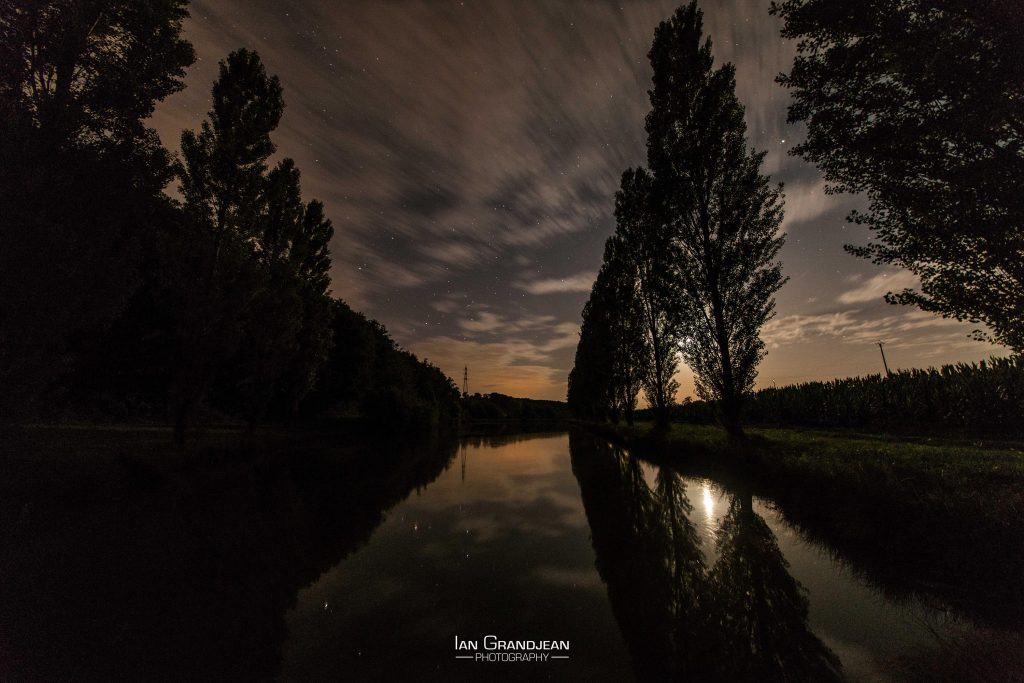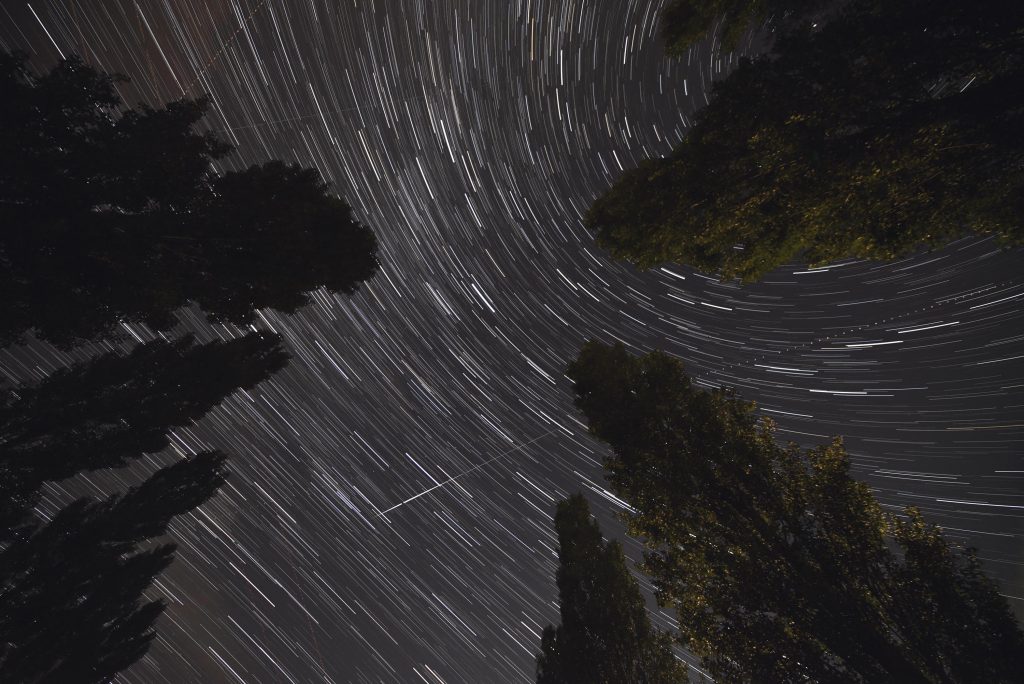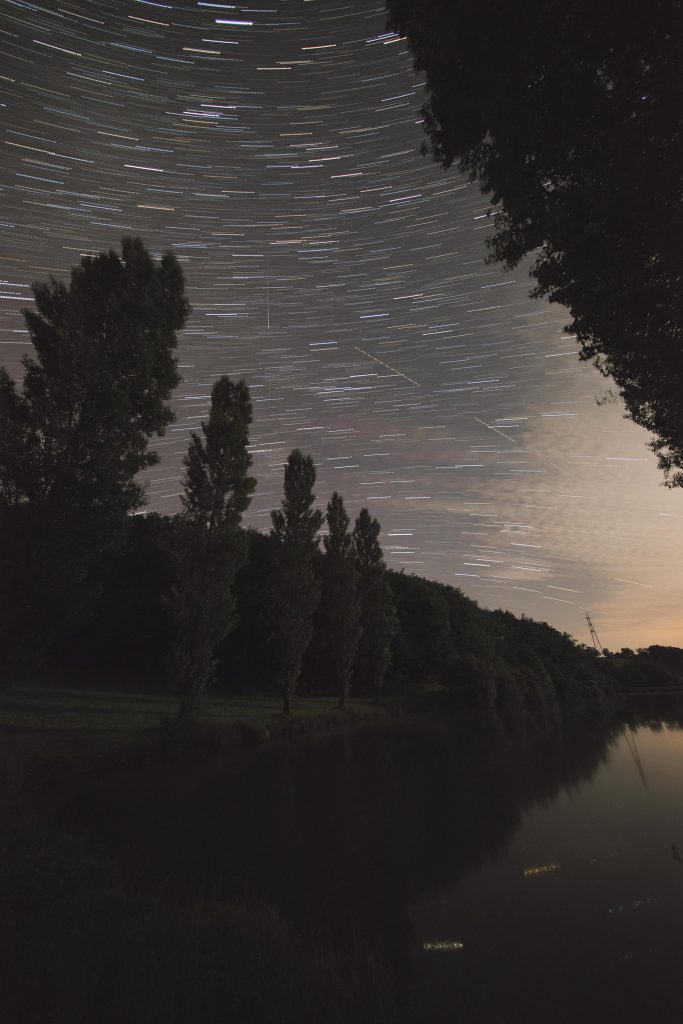My NPS (Nikon Professional Services) card has just come up for renewal and when I was filling in the online form and uploading the proof that I am (at least in the eyes of the tax man) a professional, I got to thinking.
Everywhere you look nowadays, people are publishing their personal photos. I’m actually all for this – when an image is worthwhile, I’m all for showing it off, and a large part of the reason we continue with our ‘Déclic’ photo contest, is to try to valorise the efforts of our participants.
The thing is…now how can I put this gently….most of what we see on Facebook is utter rubbish. Sorry guys, but it’s true. I can fully understand people who have no real interest in photography as an art-form publishing whatever passes infront of their smartphones – this is fine, and I have to admit I’ve seen some stunning results from smartphone cameras.
I also recently ‘joined’ an online forum for the photographic magazine « Amateur Photographer » – this was a staple read before the Internet, and it’s nice to see it still exists in both print and online. I posted a couple of comments, received replies, and took the time to check out the authors Flikr profiles – there was a very interesting correlation between the message count of the ‘forum huggers’ (who squat the fora, have an opinion about everything, and are only really interested in increasing their message count) and the quality of their images. The same can be said of the people who I would probably actually listen to – not a huge message count, but pertinent comments, from time to time – their images were frankly streets ahead, in my opinion.
What I can’t quite get used to are the people who publish images, on fora or social media, simply for the sake of publishing something. One of these ‘photographers’ posted a message on social media a few days back, asking people to suggest subjects for him to photograph over the coming weekend…I think things are getting pretty bad when you can’t even have ideas of your own. Another ‘stunning’ idea from the same ‘photographer’ (and I use the term with considerable reserve) was to ask if anyone would consider putting him up for a few days (preferably near the coast) in exchange for a portrait or two… I’ve seen what he calls ‘portraits’ – he’d probably get a free glass of water, I have serious doubts about accommodation.
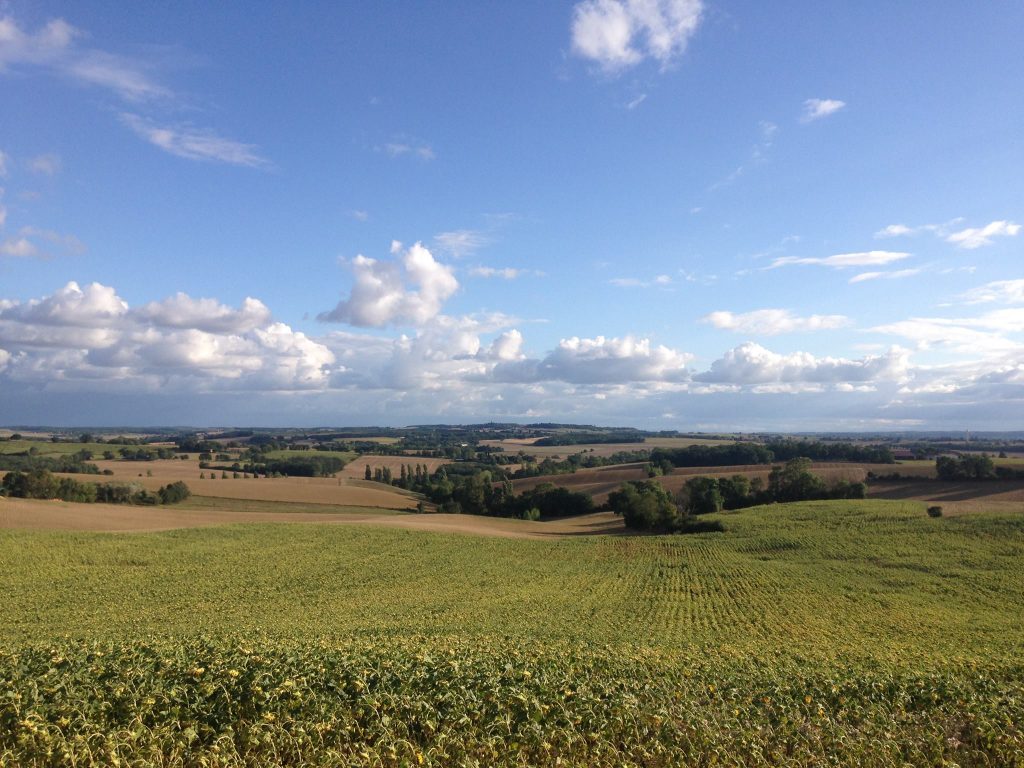
Er…a landscape? What exact is interesting about this image?
I’m not a snob – I rely on my images to speak for themselves – if you don’t like them, I personally have no particular problem with this (although you obviously have no perceptible taste :-p ) but I do think that people who are so easily convinced of their own creativity (« Oh that’s a wonderful shot. You must have a super camera. ») should at least show some creativity, imagination, call it what you will – sorry, but a photo of a rather average sunset over Auch just doesn’t make it in my book. Sadly, these appear with monotonous regularity…
I as reminded of the « Oh you must have a super camera » phrase the other day while perusing the web…the person who mentioned the phrase heard it during dinner with a friend who had cooked the meal – apparently his reply was « That was a really nice dinner – you must have really good pots and pans »….
